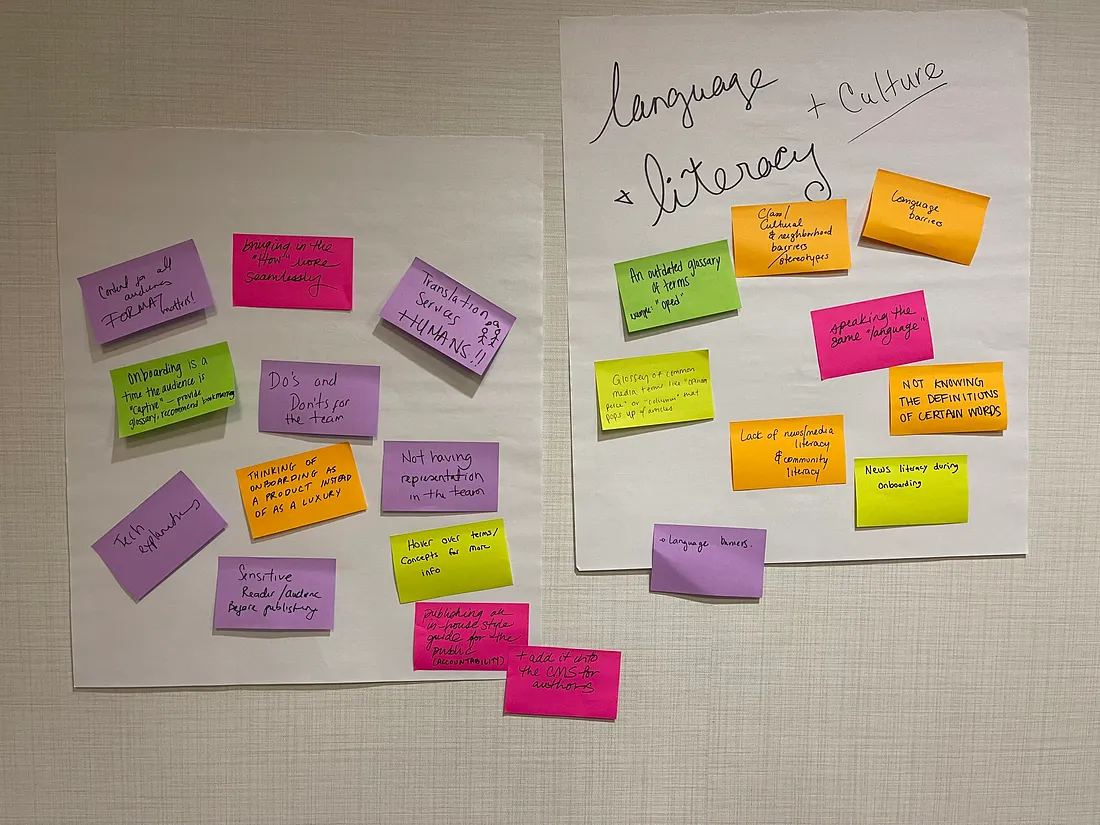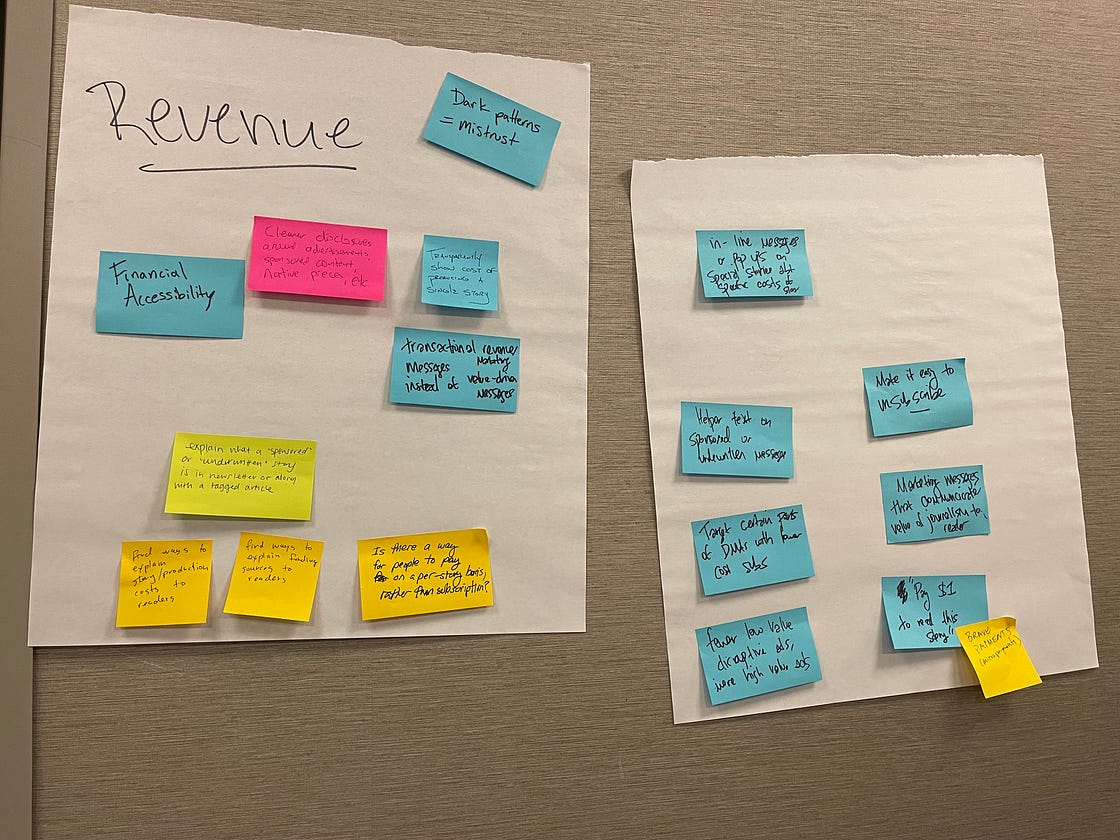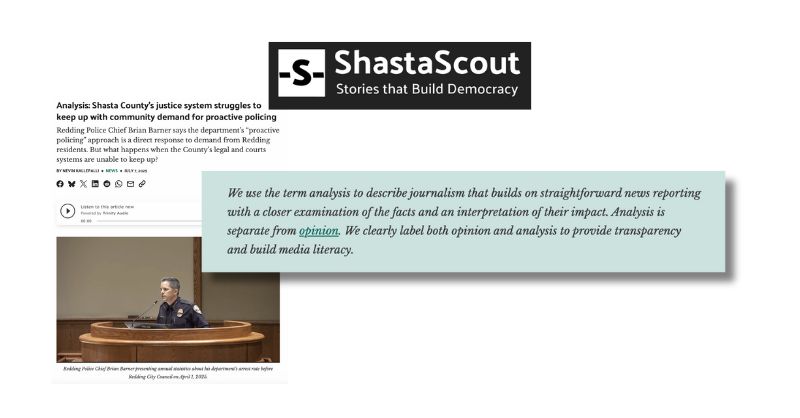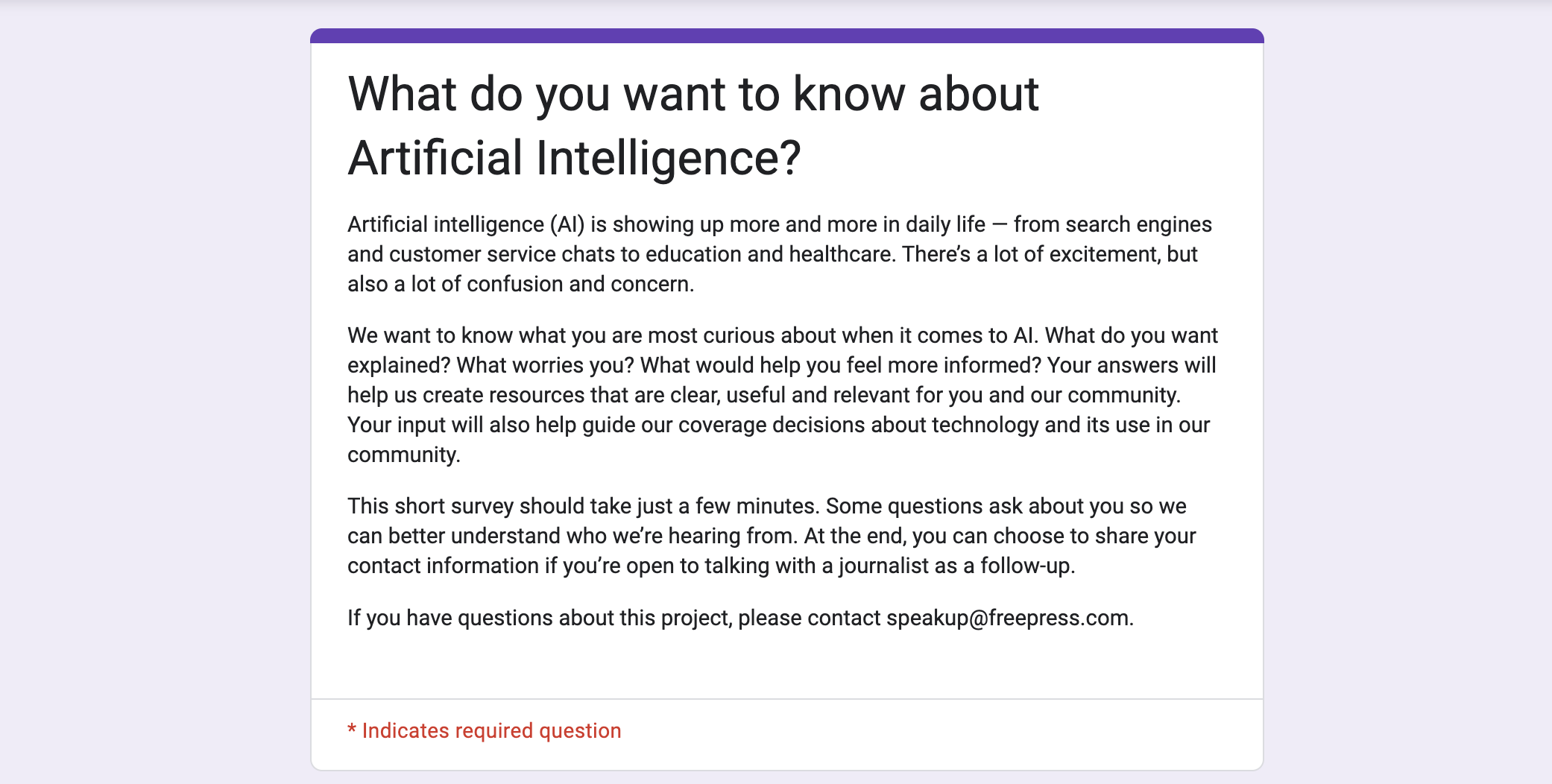
The latest data from Gallup shows less than four in 10 U.S. adults say they have “a great deal” (7%) or “a fair amount” (29%) of trust and confidence in the media to report the news “fully, accurately, and fairly,” while more than six in 10 have “not very much” trust (29%) or “none at all” […]
How can news products help build trust in news?
The latest data from Gallup shows less than four in 10 U.S. adults say they have “a great deal” (7%) or “a fair amount” (29%) of trust and confidence in the media to report the news “fully, accurately, and fairly,” while more than six in 10 have “not very much” trust (29%) or “none at all” (34%).
These numbers represent the second-lowest on record.
At Trusting News, building trust with news consumers is something we have been helping journalists with since 2016. Over the years we have learned a few things. Some highlights:
- Journalists can’t persuade everyone to trust them. That’s just not a reasonable goal.
- Being a news consumer is confusing and overwhelming, and many people have a casual relationship with the news.
- There are problems on both sides of our broken relationship with our audience, but journalists need to own the solutions.
- Not all journalism is good. It’s rational and wise for people to be skeptical of “the media.” Our job is to differentiate our own work and show what makes it trustworthy. (That includes any content we share under our umbrella.)
- Trust involves both head (cognitive trust) and heart (affective trust).
- We can’t get credit for any of our decisions, ethics or values that we allow to remain invisible to the audience.
While working with newsrooms to rebuild trust, we like to experiment with possible solutions. Usually those involve actions journalists choose to take day to day. But we also are curious about the systems and tools we use to do the work, and we know the journalists we work with are, too. We’ve been wondering more about how technology and news products could help journalists rebuild trust with their users.
With help from Emma Carew Grovum and the Online News Association, Trusting News led a brainstorming session with ONA Insights attendees to try to answer that question. Our goal was to envision product solutions to common journalism problems.

As a group we identified seven areas where a lack of trust in journalism may be improved by technological or product solutions:
- Social media and technology. The loudest voices dominate comment sections leaving little room for constructive conversations. Is there a way to allow for more comments on stories that are productive? How can we provide more opportunities for users to interact with the journalist? Social media doesn’t always allow for context; how can we find a way to provide context on social platforms?
- User experience. Complicated websites without clear navigation or with too many pop-ups can negatively impact a user’s experience. How can we help users more easily find content and navigate our websites? A flawed or lack of a subscriber onboarding process. How could we better onboard new subscribers to orient them to what we offer?
- Revenue. A lack of clear disclosures and explanations on advertisements and sponsored content. Lack of explanations about the relationship between advertisers and news organizations. Same with “sponsored” content. Our subscriber/support us messages are transactional and not value-driven.
- Community engagement. A lack of communication with community leaders. An over-reliance on email and technology to communicate. A lack of access to journalists to ask questions about stories.
- Transparency of process. A lack of explanations about the reporting process and our news values. How can we better answer questions about stories?
- News vs. opinion. People don’t know the difference between news and opinion content because labeling is not always great. Lack of information about who writes the opinion content.
- Language, culture and news literacy. We have language barriers. Some are based on different languages we speak and a lack of translation but others are rooted in the use of journalism jargon (“op-ed” or “column”). The use of class and cultural stereotypes.

Attendees then brainstormed possible product solutions that could help in those areas. Some of the ideas imagined included:
- Investing and spending more time on “onboarding.” This idea was mentioned both internally and externally. “Onboarding is a time the audience is ‘captive’. Provide (a) glossary, recommend bookmarking.” Can we make onboarding more consistent for our own employees?
- Using pop-ups for terms/concepts. This idea came up for a lot of different elements of a story. The music website Genius uses them as annotations and explanations for how their editing process works.
- Publishing an in-house style guide. Making ethics and style guides public is the first step. Then, what if we added it to the CMS so it can be easily accessed and added/linked to in stories?
- Creating a crystal clear user interface to differentiate news and opinion content. Make sure this labeling travels off-platform. Could there be a pop-up alerting a user that this is an opinion story? Could that pop-up include a brief explanation about how that content is different from news? Maybe details about how it is fact-checked or if it is solicited or unsolicited and who wrote the content?
- Creating a message bot. Could we create a messaging bot on our websites for users to ask questions about what they are reading?
- Creating cliff notes explaining the editorial decisions made throughout the story. How could we more naturally explain our process?
- Using pop-ups to explain the cost to publish a story. Explain where money comes from to fund the newsroom and how much money is needed to produce this type of story.
- Encouraging sharing. Create a prompt that pops up asking users to share the website link after they consume the content.
I’ve brainstormed similar questions with students I teach at Point Loma Nazarene University in San Diego. We spent time re-imagining what news would look like if it were designed with a distrustful audience in mind. (They showed me the annotations on Genius).
Here are a few things my students would like to see that didn’t come up at our ONA Insights brainstorm:
- Some newsrooms already have a page or pages dedicated to newsroom beliefs, their mission, ethics, who works for them, how the newsroom is funded, etc. Why can’t these pages be pop-ups when people click on certain stories? We see this with advertisements and paywall alerts.
- What about pop-up or expandable boxes providing more information about sources? CalMatters does that with politicians. What if this were available for other sources? Maybe a doctor you interviewed for a COVID-19 story. There are a lot of doctors. Why are we talking to this particular one? Let’s explain that and maybe do it with a pop-up, annotation or expanded box.
- Pop-ups or annotations could also apply to adding context topics. One example a student brought up dealt with the recent removal of troops in Afghanistan. The stories are covering an event that began 15 years ago. It may be common knowledge to a journalist who has been covering this for so long, but not all readers, especially the younger ones. Can we add annotations, expandable boxes or pop-ups that add context?
- Make credible, accurate and ethical journalism easily available on newer platforms. Many students expressed frustration with news apps, clicking on push alerts or trying to navigate between different platforms. If we want to build trust we should work to provide a good experience on all platforms.
We don’t have all the answers when it comes to how technology and product may help build trust with news consumers. But, it’s something we want to explore more.
If you have ideas or are trying things in your newsroom, let us know. Send me an email: Lynn@TrustingNews.org.
At Trusting News, we learn how people decide what news to trust and turn that knowledge into actionable strategies for journalists. We train and empower journalists to take responsibility for demonstrating credibility and actively earning trust through transparency and engagement. Subscribe to our Trust Tips newsletter. Follow us on Twitter and LinkedIn. Read more about our work at TrustingNews.org.

Assistant director Lynn Walsh (she/her) is an Emmy award-winning journalist who has worked in investigative journalism at the national level and locally in California, Ohio, Texas and Florida. She is the former Ethics Chair for the Society of Professional Journalists and a past national president for the organization. Based in San Diego, Lynn is also an adjunct professor and freelance journalist. She can be reached at lynn@TrustingNews.org and on Twitter @lwalsh.



